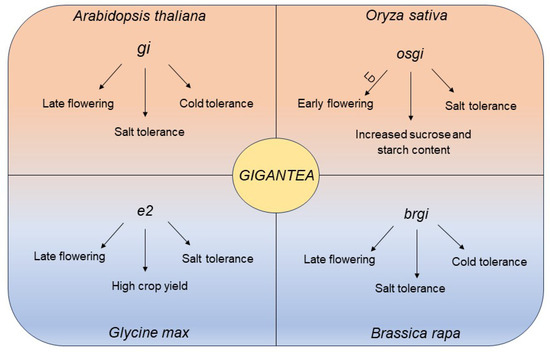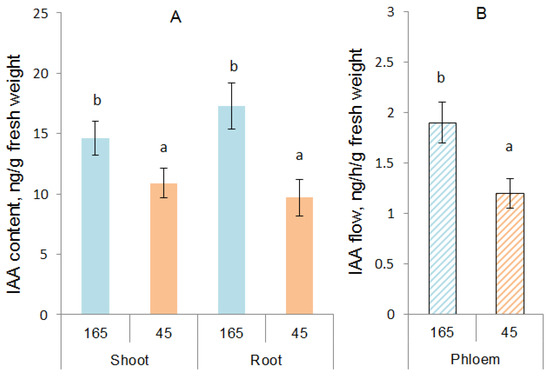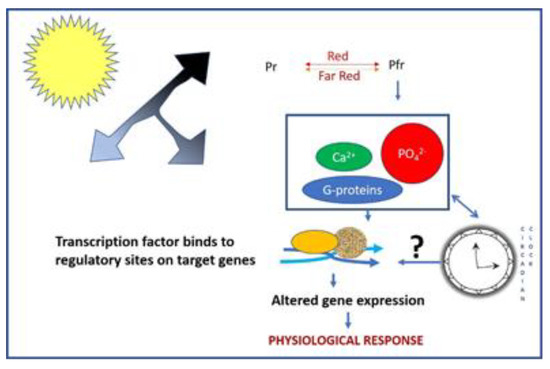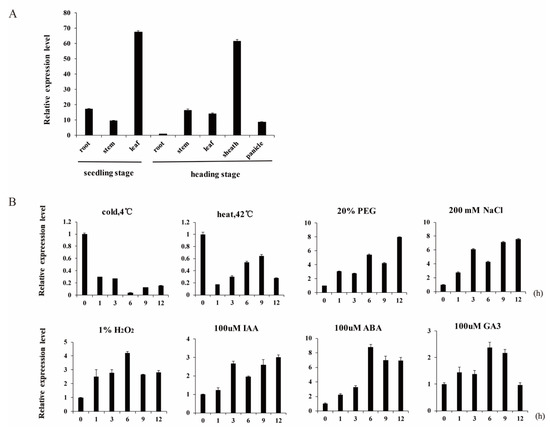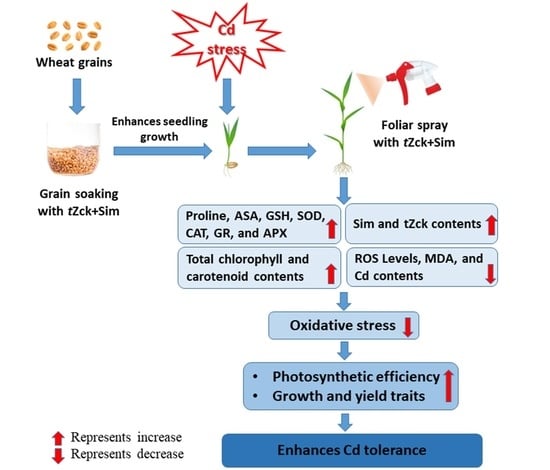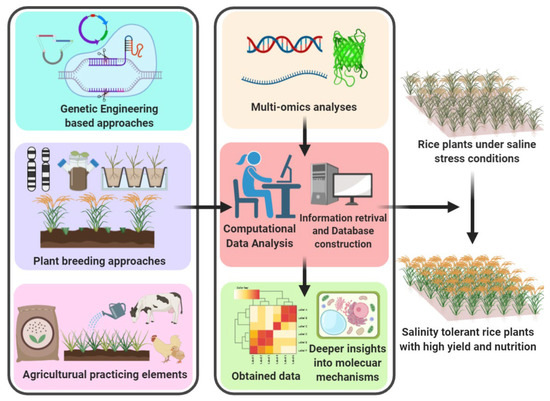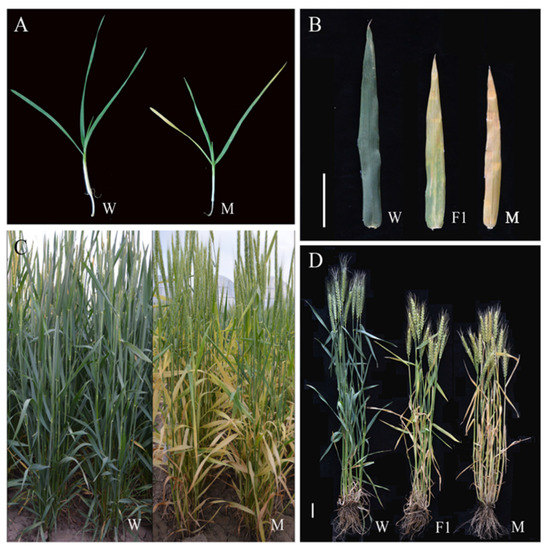Abiotic Stress Tolerance in Cereals
A topical collection in Biology (ISSN 2079-7737). This collection belongs to the section "Plant Science".
Viewed by 23697Editor
Interests: tolerance to dehydration; stress gene networks; desiccation tolerance; regulation of gene expression on the transcriptional and posttranscriptional level; gene discovery
Topical Collection Information
Dear Colleagues,
The ongoing climate change will lead to episodes of adverse weather conditions worldwide. This will challenge the production of agricultural plants. Due to the adverse climate conditions, plants are often subjected to extreme temperature regimes or periods of water shortage, which will lead to increased soil salinity and/or saline irrigation water. Cereal crops such as wheat, rice, barley, maize and sorghum are essential for food security, and one of the most urgent global challenges is to secure and even increase cereal production under constantly changing environmental conditions.
A lot of knowledge on plant stress tolerance has been gained from in-depth studies of genetic model plants such as Arabidopsis thaliana. It has been shown how physiology and genetic selection can contribute to a better tolerance to environmental abiotic stressors. Many research projects have been started to transfer knowledge from model organisms to agricultural plants to improve stress tolerance. Additional avenues of research try to exploit the broad genetic diversity which can be found in germplasms and which has been used in breeding programmes to select genes that are correlated with stress tolerance.
The aim of this collection of articles is to provide an overview of the current dynamic knowledge of stress tolerance in cereals and how this knowledge can be used in breeding programmes to produce cereals with robust stress tolerance. We now know that complex traits such as abiotic stress tolerance are not governed by a single gene but that genes are linked and are governed by transcription factors to form gene networks. This is reflected in the fact that stress tolerance is often best characterized by quantitative trait loci. The availability of complete genome sequences offers the possibility to analyse genes and epigenomes on a genome-wide scale.
This Topical Collection will review the current knowledge of stress tolerance in cereals taking into account gene identification, gene expression networks and the genome-wide regulation of stress responses. Questions will be raised on how the current knowledge can be exploited in modern plant breeding programmes. The focus of this Topical Collection will be on cereals such as wheat, barley, rice, maize, and sorghum, but it will also consider the “so-called“ orphan crops as they exhibit stress tolerance. The main stressors to be included are dehydration (drought), salt, and temperature (high and low).
Prof. Dr. Dorothea Bartels
Collection Editor
Manuscript Submission Information
Manuscripts should be submitted online at www.mdpi.com by registering and logging in to this website. Once you are registered, click here to go to the submission form. Manuscripts can be submitted until the deadline. All submissions that pass pre-check are peer-reviewed. Accepted papers will be published continuously in the journal (as soon as accepted) and will be listed together on the collection website. Research articles, review articles as well as short communications are invited. For planned papers, a title and short abstract (about 100 words) can be sent to the Editorial Office for announcement on this website.
Submitted manuscripts should not have been published previously, nor be under consideration for publication elsewhere (except conference proceedings papers). All manuscripts are thoroughly refereed through a single-blind peer-review process. A guide for authors and other relevant information for submission of manuscripts is available on the Instructions for Authors page. Biology is an international peer-reviewed open access monthly journal published by MDPI.
Please visit the Instructions for Authors page before submitting a manuscript. The Article Processing Charge (APC) for publication in this open access journal is 2700 CHF (Swiss Francs). Submitted papers should be well formatted and use good English. Authors may use MDPI's English editing service prior to publication or during author revisions.
Keywords
- functional analysis of stress genes
- stress response pathways
- plant breeding
- genomic resources for gene discovery
- engineering of stress tolerance
- dehydration
- salinity
- high temperature
- low temperature






